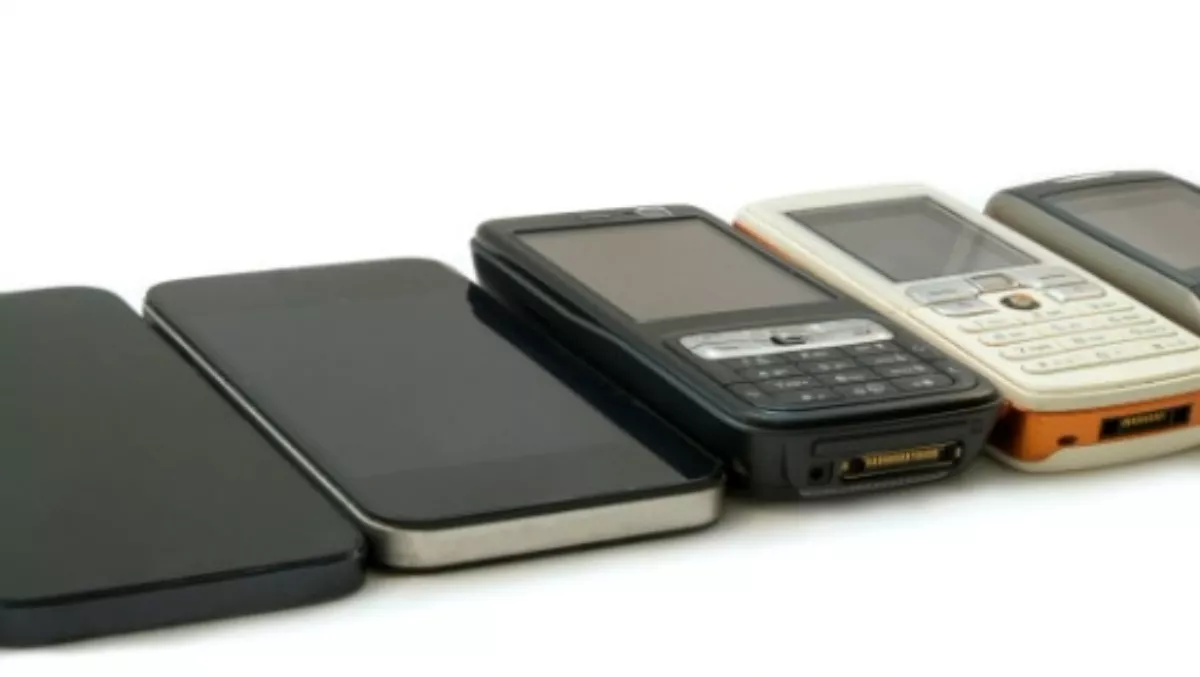
A recent consumer survey by Gartner found that 60% of consumers are replacing their smartphones because they are interested in additional functionality, or because they ‘just want' a new device.
Consequently, the worldwide market for refurbished phones that are sold to end users will grow to 120 million units by 2017, with an equivalent wholesale revenue of around $14 billion. This is up from 56 million units in 2014, with an equivalent wholesale revenue of $7 billion.
"With consumers in mature markets upgrading their smartphones every 18 to 20 months, the inevitable question is what happens to the old device?" says Meike Escherich, principal research analyst at Gartner.
"While only 7%of smartphones end up in official recycling programmes, 64% get a second lease of life with 23% being handed down to other users and 41% being traded in or sold privately,” she says.
"This rise in smartphone reuse will impact not only the sales of new units, but also the revenue streams of all those involved in the smartphone supply chain," continues Escherich.
"Stakeholders that are already participating in take-back or trade-in programmes need to have a strategy for turning used devices into a positive asset.
“Others — particularly high-end phone original equipment manufacturers (OEMs) — need to take a closer look at this market in order to evaluate the impact these secondhand devices will have on their market positions and revenue streams,” she says.
With nearly two-thirds of replaced smartphones being reused, continued demand for high-end used devices will increasingly impact primary-unit sales, and motivate phone providers to look into the secondhand market.
In North America and Western Europe, the market for refurbished phones is forecast to be worth around $3 billion in 2015 and growing to $5 billion in 2017. Many users are attracted to used high-end devices that they would not have been able to purchase at the original selling price.
"The growing number of privately sold phones will stir up competition in the take-back market and drive communications services providers (CSPs) and refurbishers to engage in more aggressive marketing campaigns and new incentives," says Escherich.
"The survey shows that, in the U.S. and Germany, 41% of used smartphones find new owners via private sales or trade-ins. This trend applies to all levels of technology users, however, users who identify themselves as 'tech enthusiasts' in particular should be targeted to shift their behaviour away from private sales and toward trade-ins."
Tech enthusiasts generally are early adopters and trendsetters, and constitute around 25% of the U.S. sample. Fifty-three percent of respondents in this category said they would replace their smartphones in the next 12 months, with 56% claiming that their current phones were less than a year old.
Nearly half said that their replacement phones would be driven by new features or functionalities that can be found only in the new devices.
"For hardware vendors, this group of self-proclaimed tech enthusiasts is of particular interest, because trade-ins provide their channel partners with hardware that can be reused for warranty replacements, and for extending the brand reach into user segments that can't afford these particular devices at the original purchase price," Escherich says.
"Perhaps most importantly, however, is that tech enthusiasts tend to show high brand loyalty, indicating a good probability for future purchases of the same brand — with the extra credit earned via trade-ins often used for upgrades on their new purchases."
